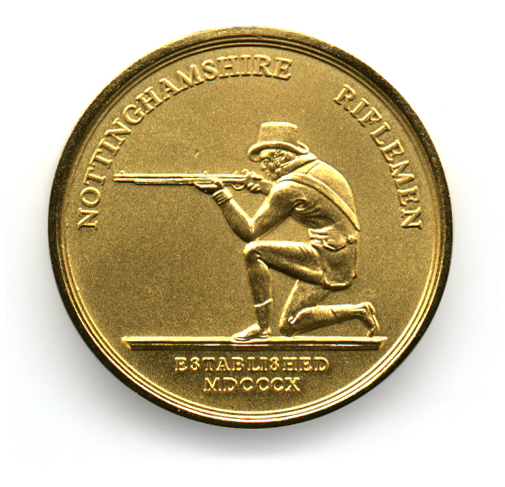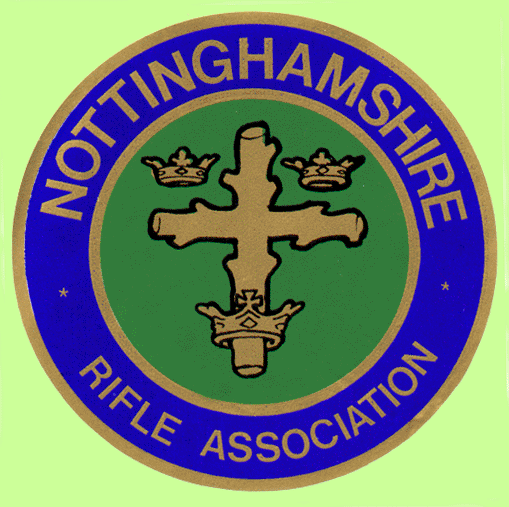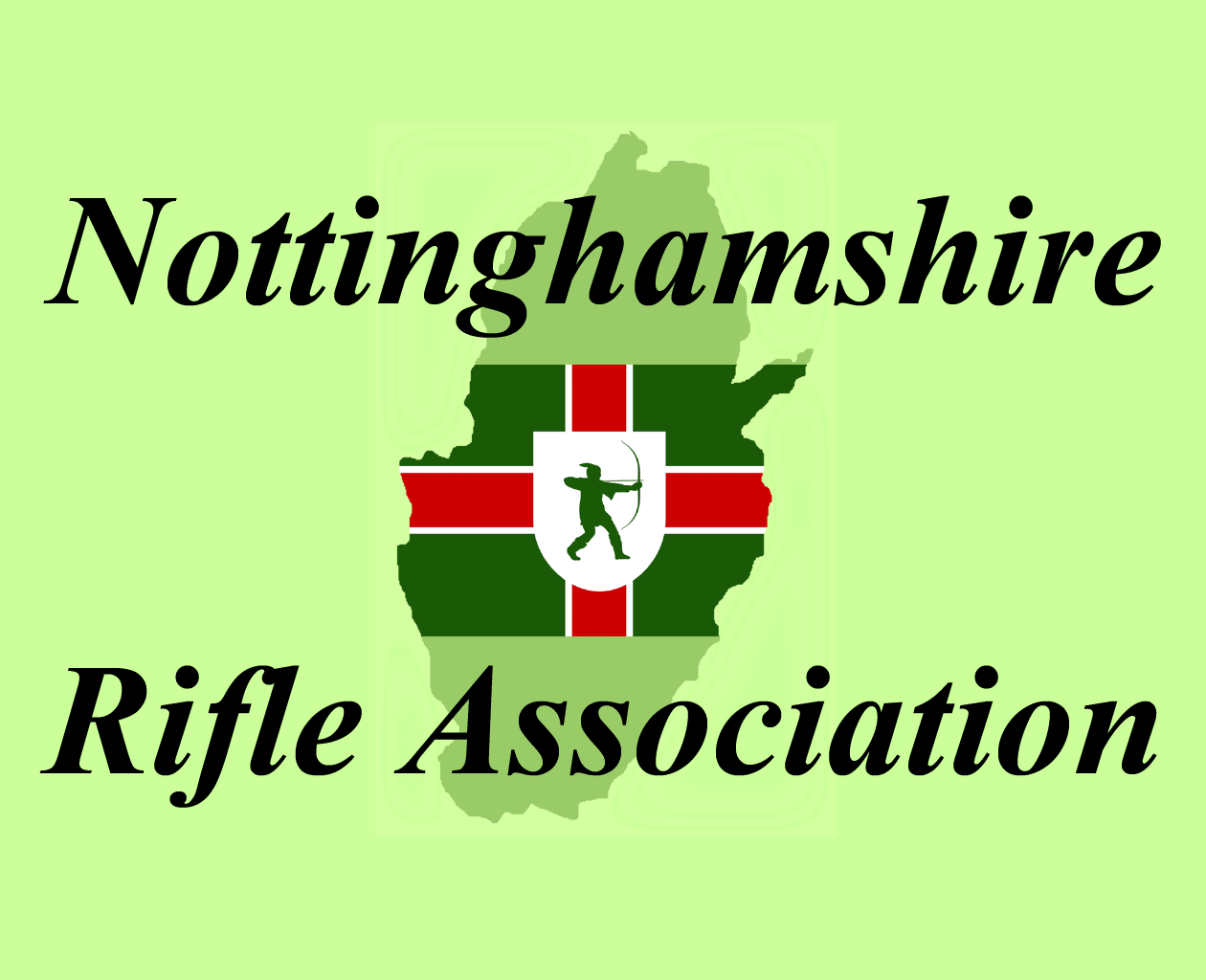The Hythe Position
For the earliest matches in the annual series of Volunteer Meetings the regulations for shooting are briefly reported. The standing position was to be used at 200 yards and at longer ranges either standing or kneeling. For the prizes not being offered to Volunteers, the position was optional, which presumably meant either could be used or any alternative positions. The ambiguity was not lost on the satirical cartoonists of Punch magazine.
By the seventh annual match, the shooting positions at all ranges were described as "Hythe position". The name comes from the Hythe School of Musketry which was founded in 1853 in that town in Kent. Here instructors were trained in the drills and skills of rifle shooting. They established best practice and defined the various shooting positions.
On the right are transcriptions from two sources referring to the School of Musketry which give a brief history of the School and its successor establishments, and below them a comment on the Hythe kneeling position for competition shooting.
The School of Musketry was founded in 1853 and set up at Hythe, Kent. The first mention of the establishment of the School was in the Army List of 1854 when it was referred to as the School of Musketry, a name it bore until 1919 when its name was changed to the Small Arms School. In September 1855 a Corps of Instructors was added to the establishment, consisting of 100 First Class, and 100 Second Class Instructors who, as soon as they were sufficiently experienced (except for three who remained at Hythe), were distributed to Depot Battalions and Regiments as required. These men were the Corps of Instructors of Musketry, a misnomer as muskets were being withdrawn from service.
The original badge of the School was crossed rifles surmounted by a crown. In 1929 the present badge as shown below was introduced, comprising of crossed rifles and a Vickers machine gun, surmounted by a crown and surrounded by a laurel wreath. The title Small Arms School Corps also came into being at this time. In 1969 the School moved from Hythe to Warminster, Wiltshire where Headquarters S.A.S.C. remains to this day.
The plaque in Military Road, Hythe marks where the former entrance to the School of Musketry, and later the Depot of the Small Arms School Corps. Hythe Museum contains memorabilia depicting the civic and social history of the town, together with a reminder of the importance of the Small Arms School Corps. The Small Arms School Corps exercised their 'Freedom to March' through the Cinque Port town of Hythe, Kent during its 150th Anniversary on 20 August 2003.
The text above is from a plaque commemorating the Hythe School in Military Road and the source is linked from the citation below
The Nottinghamshire Rifle Association gold medal has on its reverse an illustration of a rifleman firing from a kneeling position; though the Hythe position proper has the man sitting on his ankle for a steadier aim.

The School of Musketry with its Corps of Instructors was formally established on 1 April 1854 at Hythe, Kent, although the first instructors were working at Hythe from mid 1853. The School was established by Lord Hardinge who, as Master General Ordnance, was determined to ensure that the best possible use was made of the greatly improved rifle musket then coming into service. From its inception a section of the School was responsible for user testing of infantry weapons and the exemplary collection of weapons in the Infantry and SASC Weapons Collection bears witness to this work.
The Corps Headquarters was then renamed the Small Arms School Corps in 1929 and a Vickers Machine Gun was incorporated into the cap badge. This reflected the change in name adapted for the School at Hythe in 1919 and for the expanding School, which now included Netheravon, that took on responsibility for the Vickers Machine Gun.
With the move of the Small Arms Wing from Hythe to Warminster in 1969 the Headquarters of the Corps was part of the School of Infantry and renamed Depot SASC. In 1996 under 'Options for Change' Headquarters SASC was formed as an integral part of the newly formed Headquarters Infantry.
The source of the above transcription was the Army SASC website now changed to part of the army MoD site linked in the box below.
Captain Ross observed in 1868: "The Hythe kneeling position is an admirable one for soldiers and when firing in line, but it is not good for match shooting, or for skirmishing, especially if there be a strong wind. Almost all the good shots now shoot lying on the ground flat, and resting both elbows on the ground. Some shoot lying on their backs; and a countryman of mine (Farquharson) makes marvellous scores in that position; but almost all those who have imitated him have failed." Sportascrapiana, edited by C.A. Wheeler (Simpkin, Marshal & Co., London, 1868)
This quote is linked from the citation below, which covers in more detail the back position used for long range shooting and still favoured by some Match Rifle (MR) shooters. It includes the Punch cartoon alluded to above.
Transcript from
http://www.researchpress.co.uk/index.php/longrange/181-backposition
which has now been moved elsewhere.
Research Press on shooting can now be found at https://researchpress.uk/

